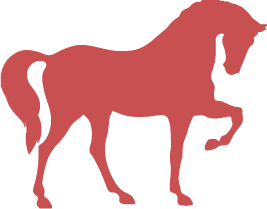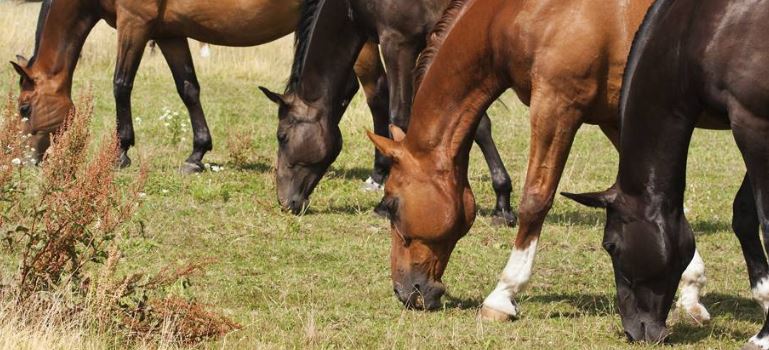EQUINE: SPECIAL OFFERS FROM THE XMAS CATALOGUE
Here are our leading offers for horse from the Xmas Catalogue. Prices may vary due to freight. Roundworm tapeworm and bot treatment…
Free Delivery when you spend $49 or more. (Weight Limits Apply – view more)
 Dog
Dog

Shop Tuckers great range of dog food, health care & wellness products today. Delivered or Click & Collect.
 Cat
Cat

Tuckers has a great range of cat food, health care & litter products for your beloved cat. Shop now.
 Horse
Horse

Tuckers carry a huge range of food, supplements, health care, hoof care and grooming accessories. Shop now.
 Chook/Bird
Chook/Bird

Tuckers range of food, accessories & health care products will keep your chooks & birds happy and healthy.
 Small Animal
Small Animal

Shop food and health care products for your little mates @ Tuckers. Delivered or Click & Collect.
 Farm/Garden
Farm/Garden

Tuckers carry a wide range of sheep & cattle products, plus everything you’ll need around the farm or garden.
 Dog
Dog

Shop Tuckers great range of dog food, health care & wellness products today. Delivered or Click & Collect.
 Cat
Cat

Tuckers has a great range of cat food, health care & litter products for your beloved cat. Shop now.
 Horse
Horse

Tuckers carry a huge range of food, supplements, health care, hoof care and grooming accessories. Shop now.
 Chook/Bird
Chook/Bird

Tuckers range of food, accessories & health care products will keep your chooks & birds happy and healthy.
 Small Animal
Small Animal

Shop food and health care products for your little mates @ Tuckers. Delivered or Click & Collect.
 Farm/Garden
Farm/Garden

Tuckers carry a wide range of sheep & cattle products, plus everything you’ll need around the farm or garden.
Article by Kentucky Equine Research Staff

Horse owners know to be cautious when allowing horses access to lush green pasture in the spring. But that tired-looking autumn grass can be just as dangerous for some animals at risk of laminitis.
Fructan levels in pasture grasses are known to vary by season, location, time of day, grazing pattern, plant species, and field topography. In addition, individual equines have different tolerances. For extremely sensitive horses, there is no completely safe time to graze.
Pasture grasses contain high levels of soluble sugars and nonstructural carbohydrates during their active growth phase. When cold temperatures cause growth to cease, the sugar cannot be utilized as fast as it is produced. The grass accumulates sugars in the stem base in an attempt to fuel regrowth, resulting in plants that are both more easily digested and sweeter to hungry horses. For horses prone to laminitis, restrict or avoid grazing when night temperatures are below 40° F (5° C), followed by sunny days. When the growth of grass resumes, these sugars will be used to form protein and fiber and will not accumulate.
Sensitive horses should graze late at night or very early in the morning, with horses removed from pasture by midmorning at the latest. Avoid having horses graze mature stemmy grass; grass changing from the leaf-growth stage to the seed-/ear-emergence stage, such as during late spring; during periods of sunny, cold weather such as late fall after the autumn flush of growth and cool, sunny winter days; or on recently cut stubble. In those situations, utilize grazing muzzles or restrict horses to a drylot and provide low-carbohydrate hay.
Entire range - quick and secure delivery
Buy securely online and pickup at your local store
Call your local store and come on down to pickup
© 2025 Tuckers Pet & Produce.
